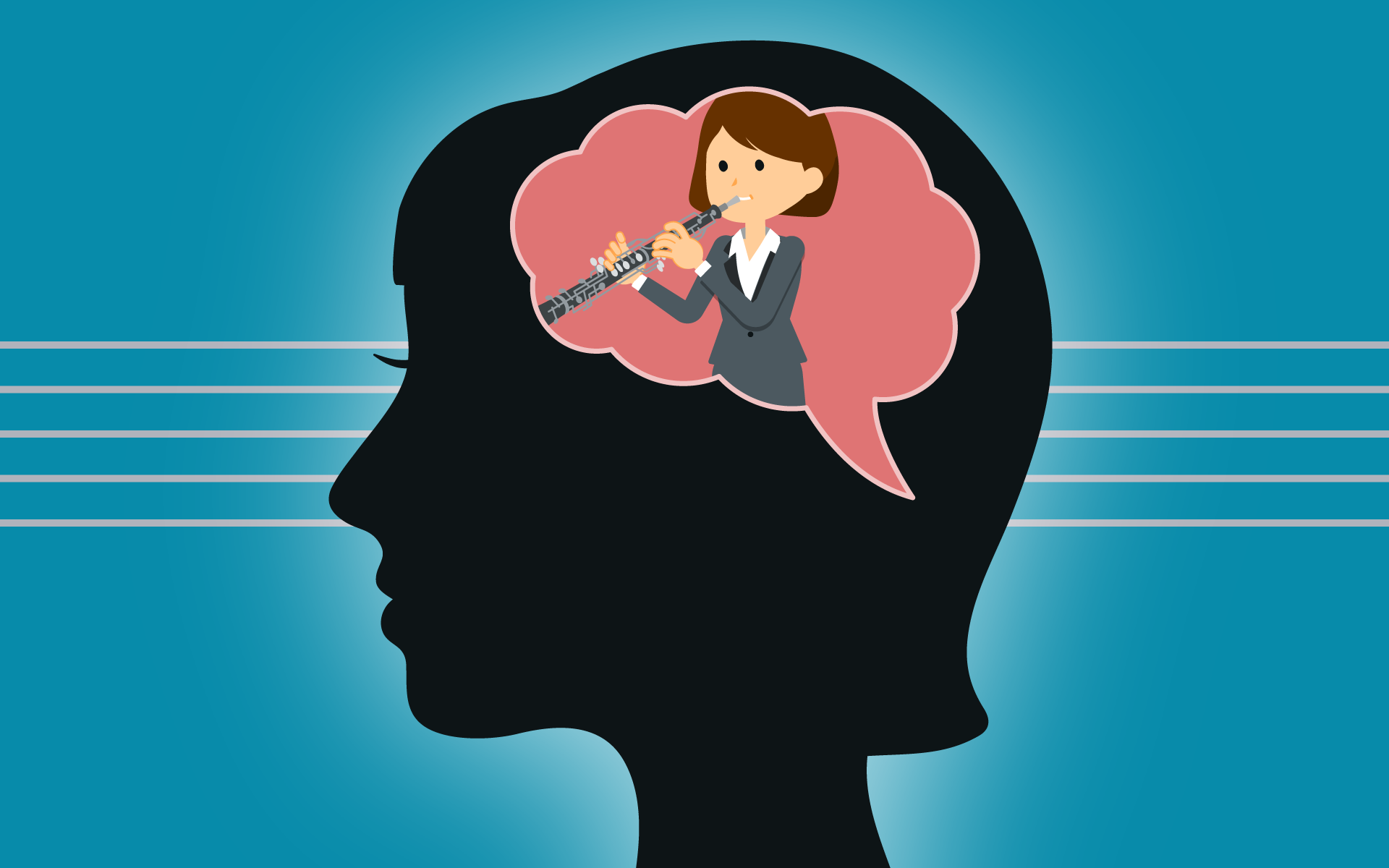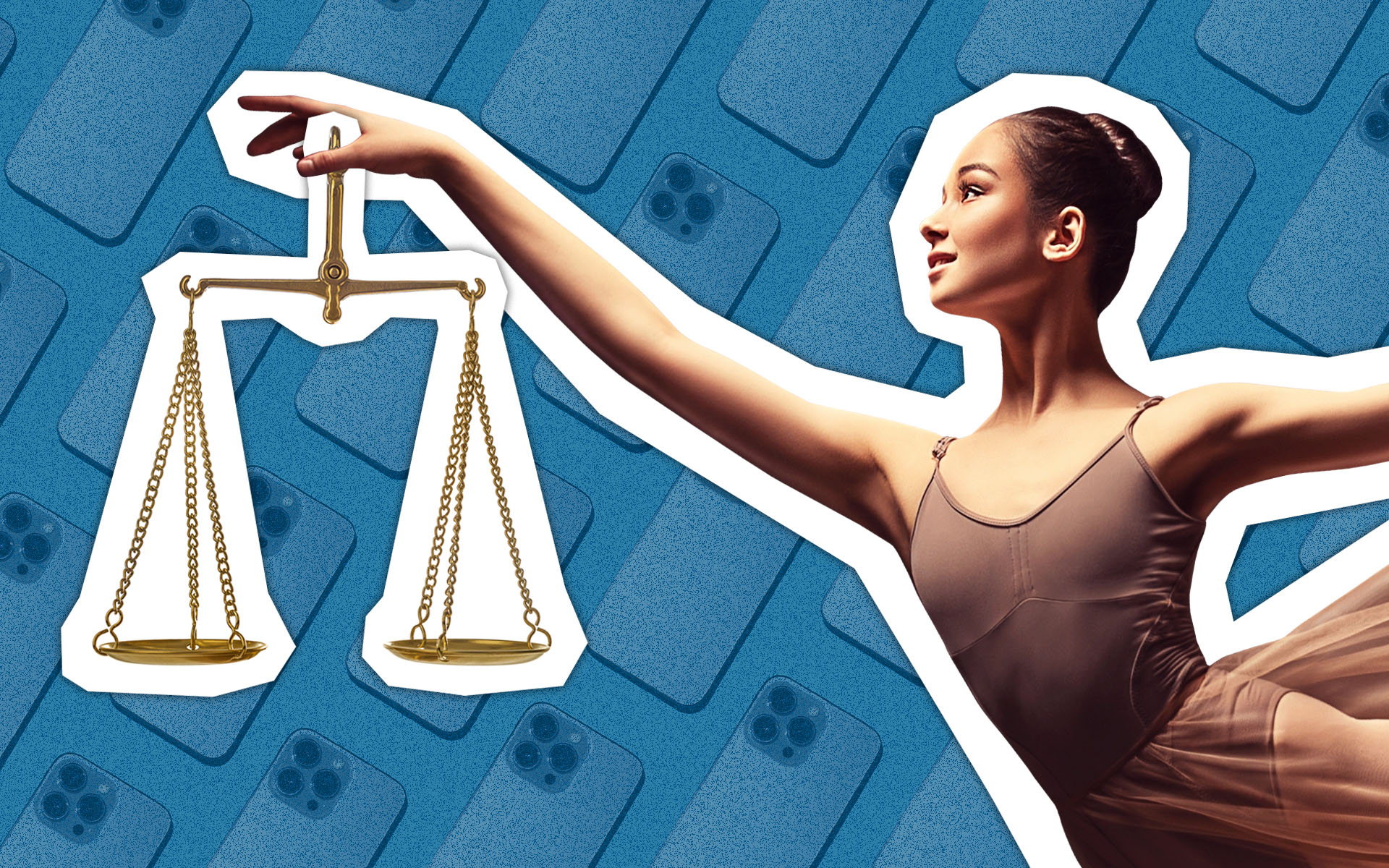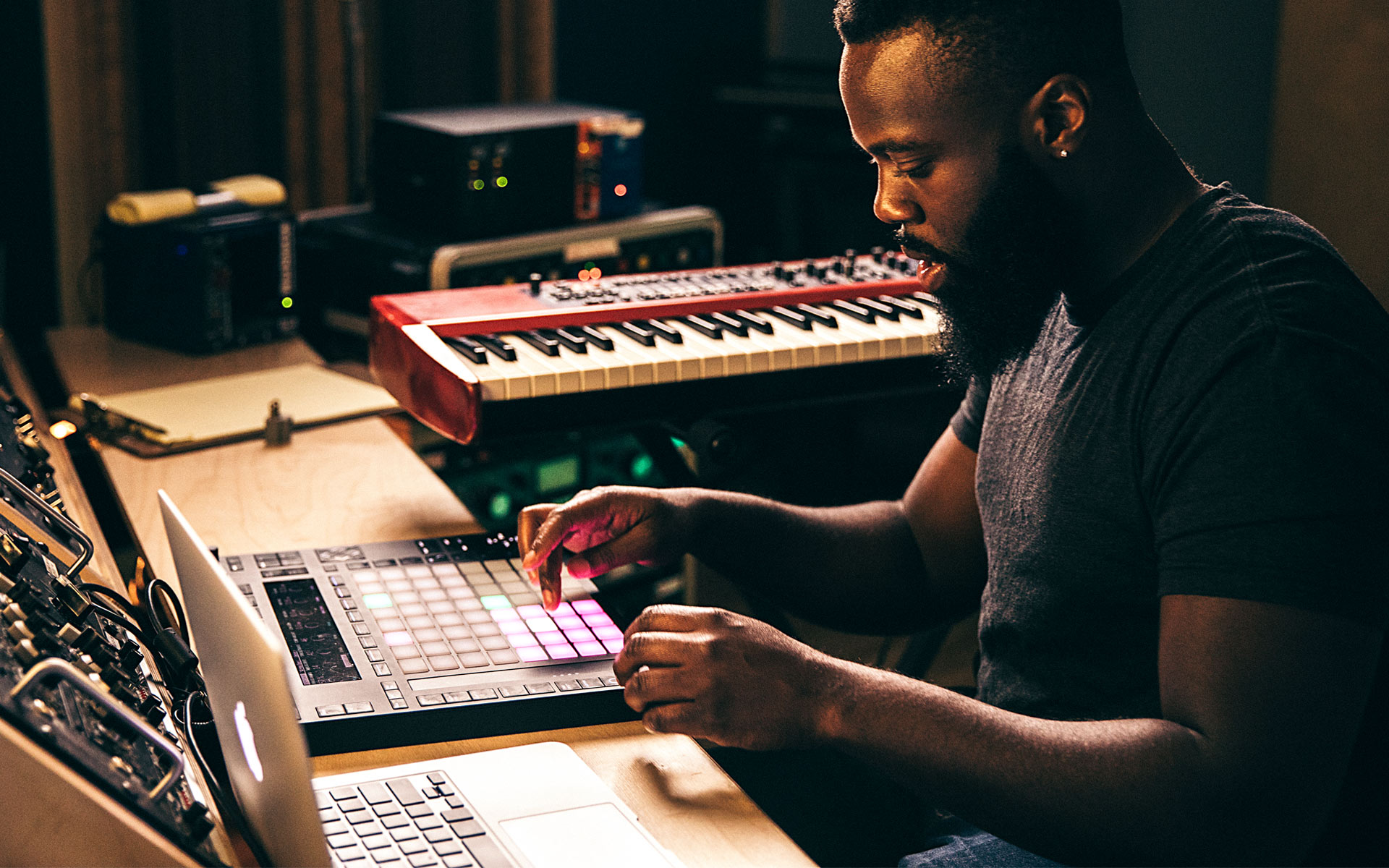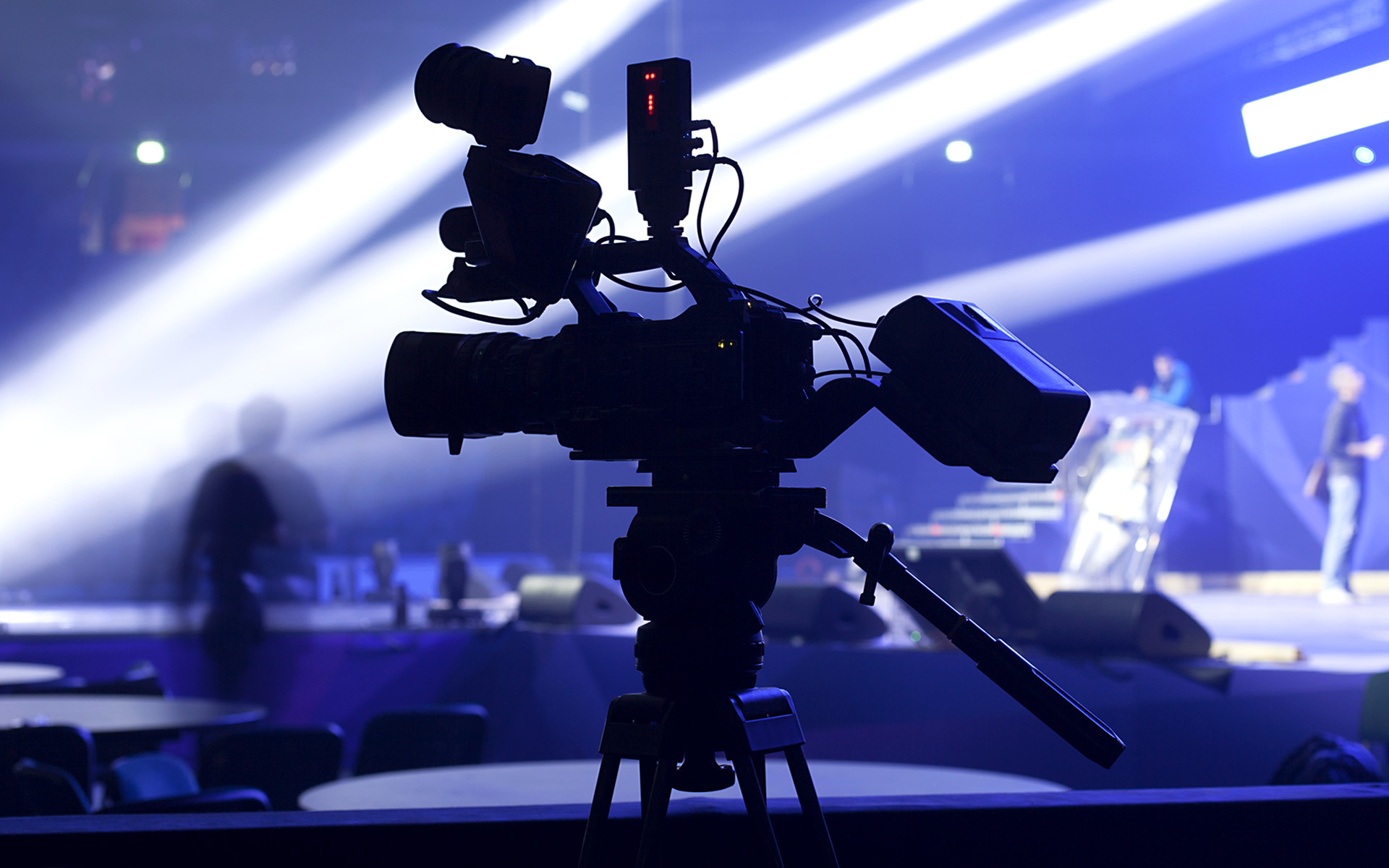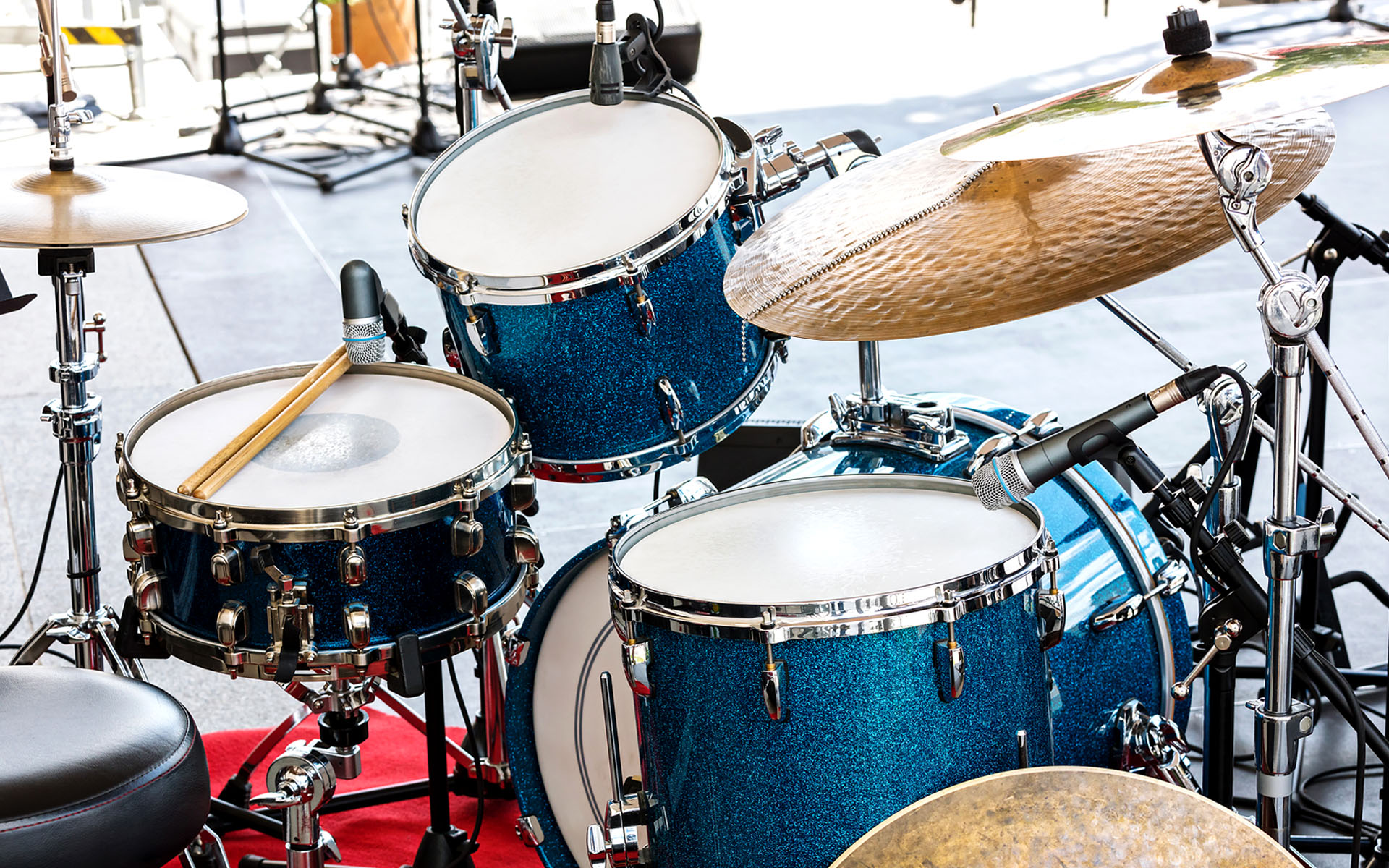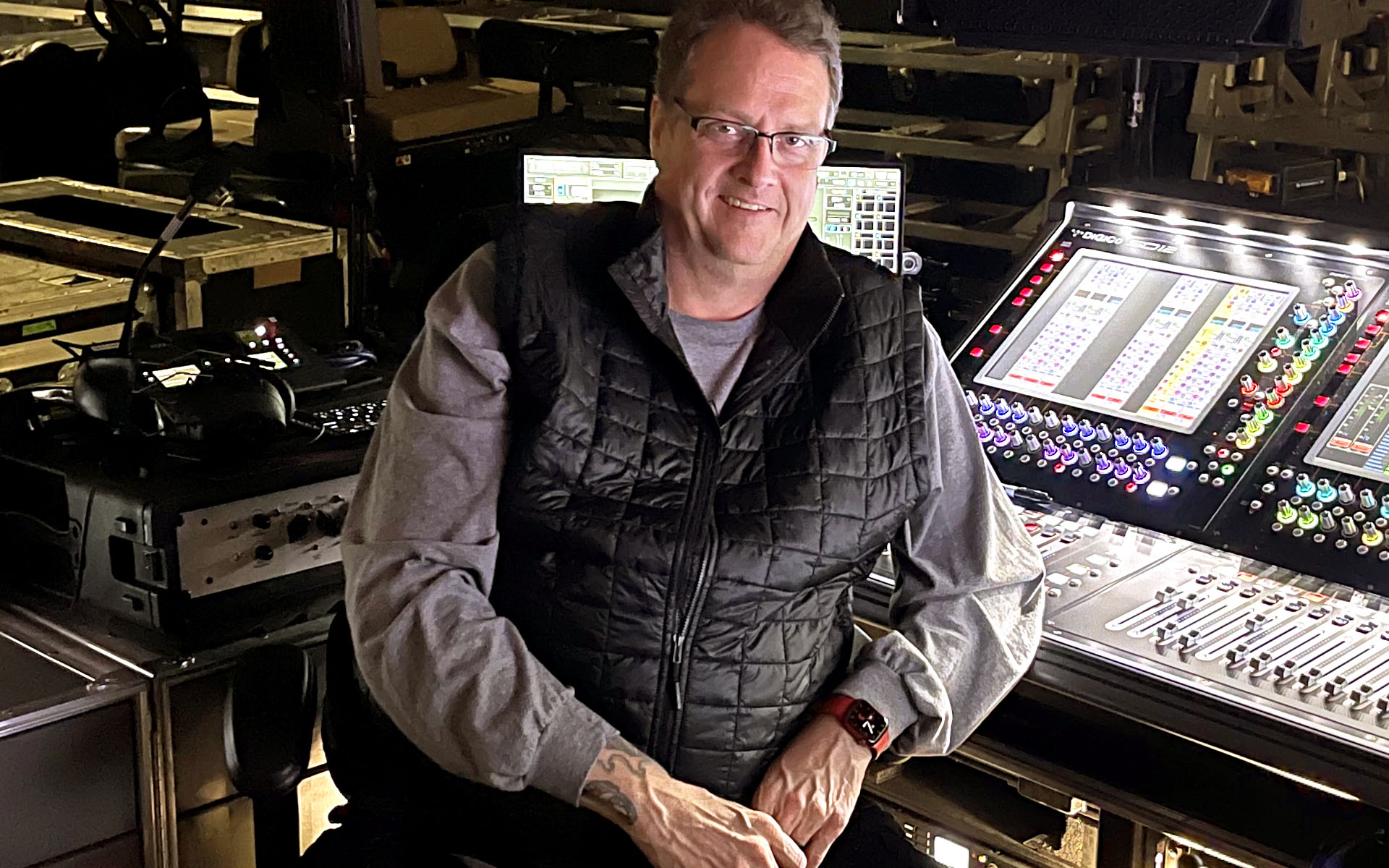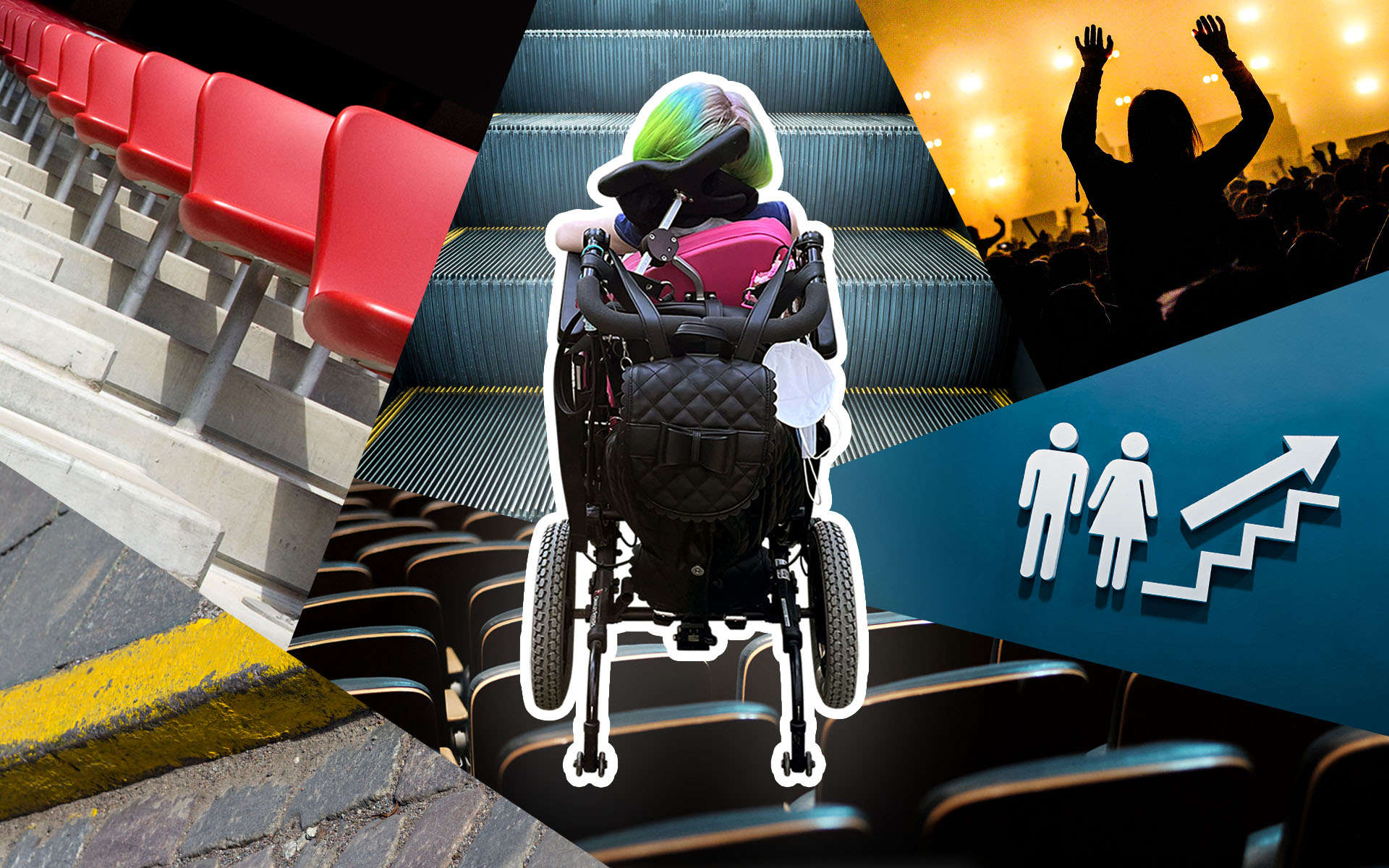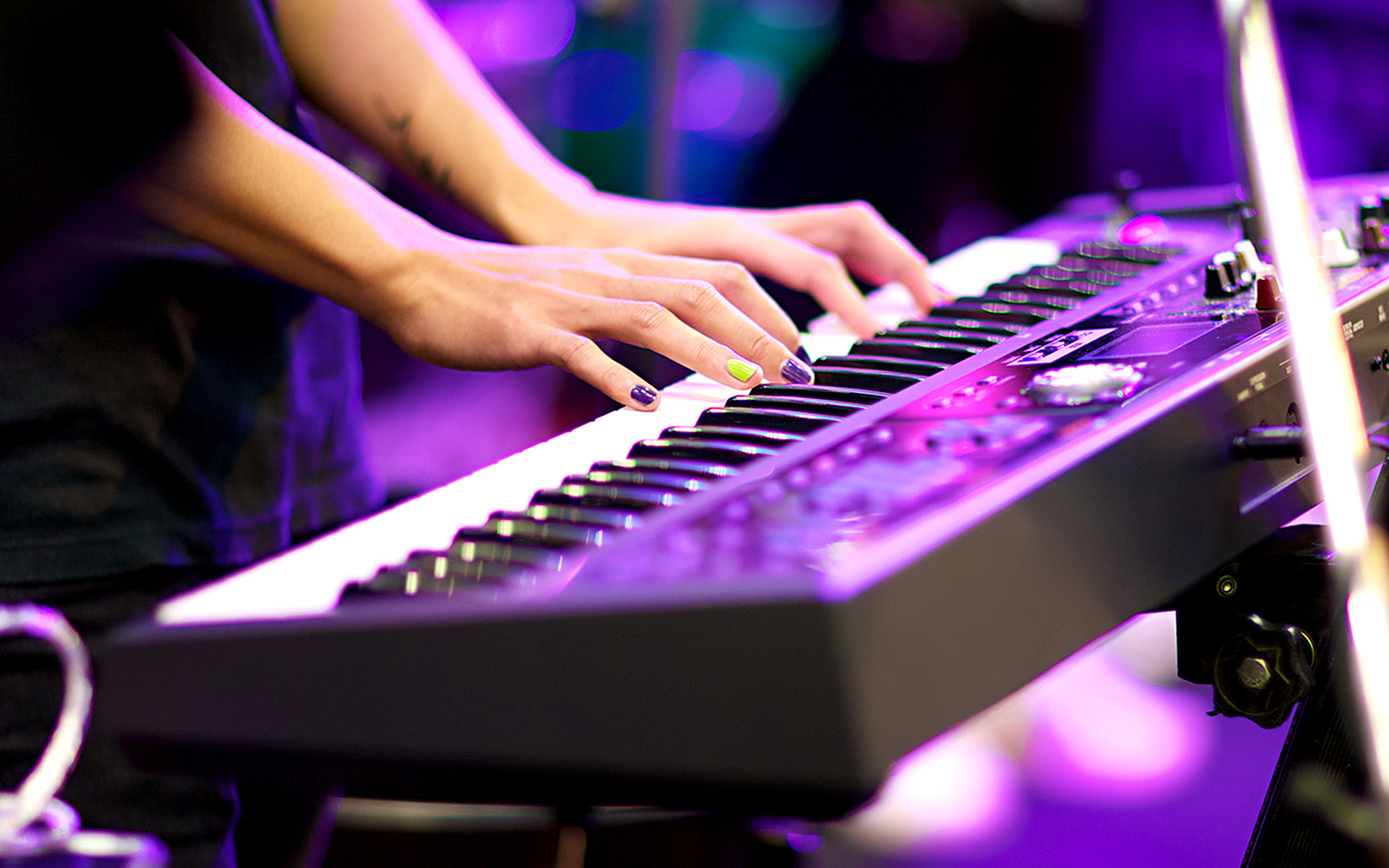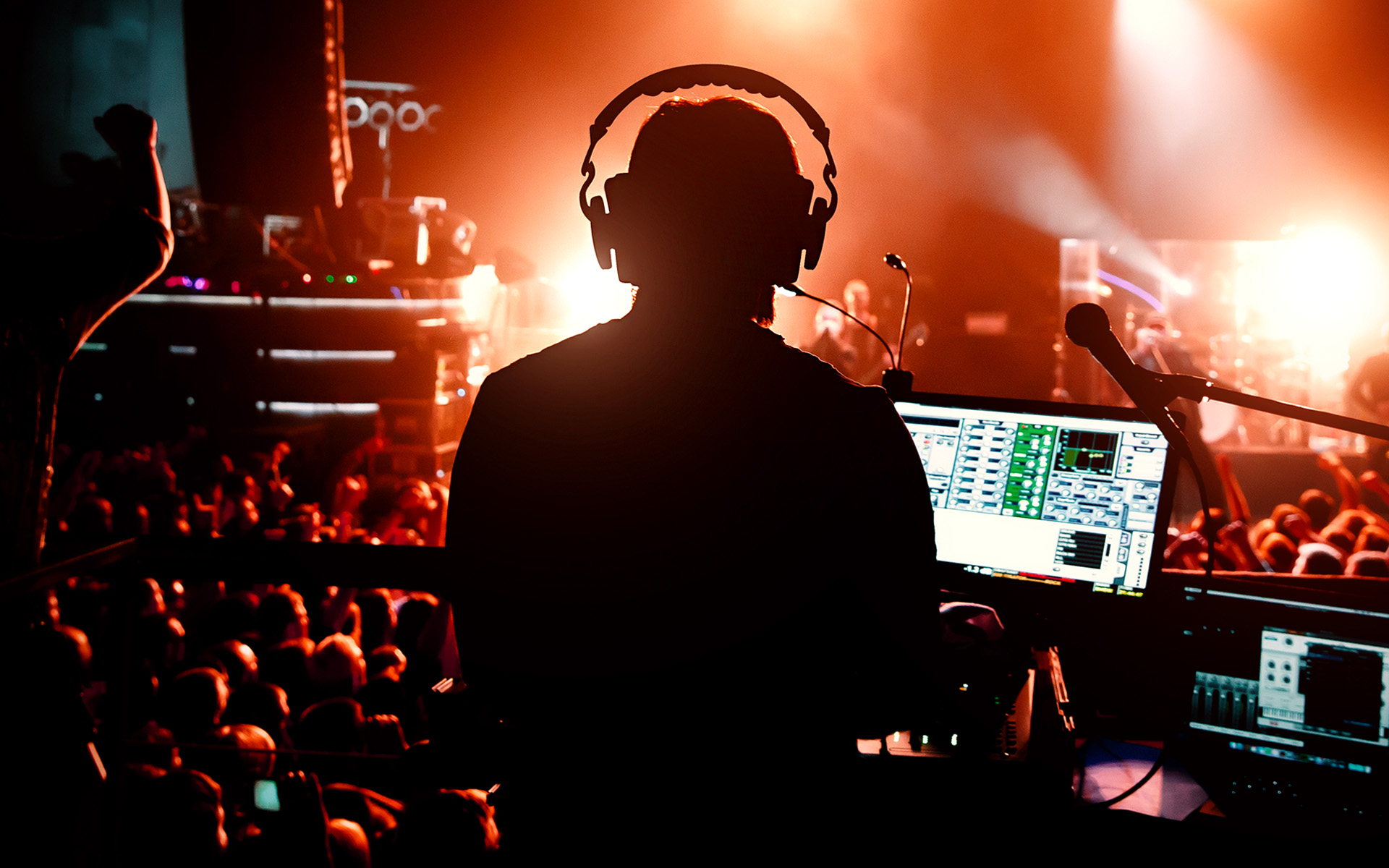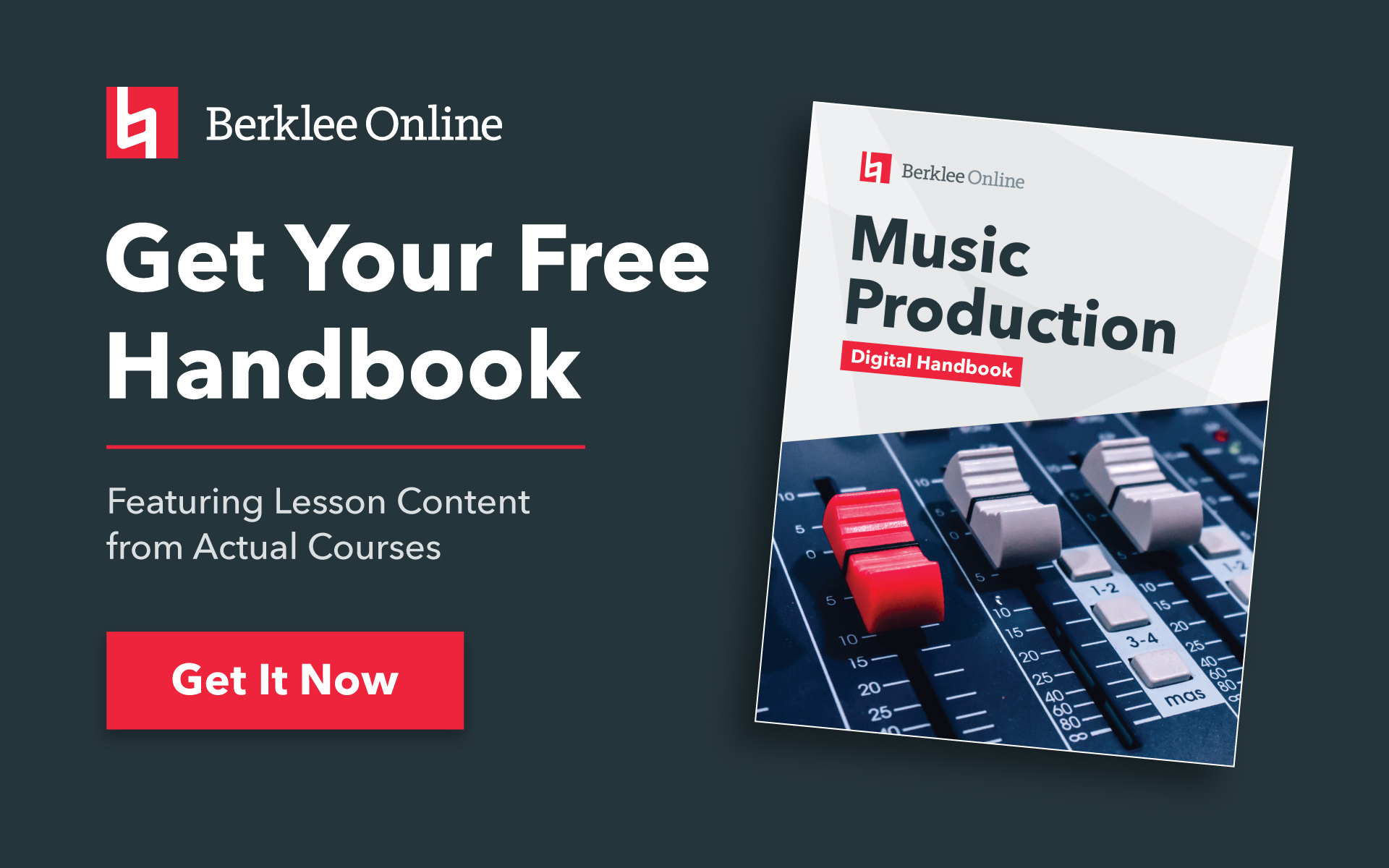The following information on how to improvise in Ableton Live is excerpted from the Berklee Online course Ableton Live Techniques: Non-Linear Creative Strategies and Composition, written by Erin Barra and Loudon Stearns, and currently enrolling.
The idea of improvisation is something that a lot of laptop musicians cringe at the thought of. For some of us, the whole idea of being completely in control is what draws us to a Digital Audio Workstation (DAW) in the first place. But in many respects, even when it’s just us and we’ve got a distinct plan in place, much of what we do is largely improvisational. Whether it’s the point at which we’re picking out a melody, playing around with drum patterns, or twisting knobs until we find just the right setting, we are in fact improvising in those moments. Composition is improvisation, just at a different pace and through a different lens.
Improvising is a state of mind; there are no hard and fast rules and there’s no specific way to do it. The only thing that you must do in order to have a successful improvisational session—either with yourself or with another musician—is listen. You have to really use your ears, take in what it is you’re hearing in the moment, and act accordingly. That may seem simple enough, but you’d be surprised at how difficult some people find it to be.
Prepared Improvisation
Even though the idea of improvisation is anchored by things happening in real time, prepping the environment you’ll be improvising in is pivotal. The last thing you want to be doing is auditioning drum sounds or adding new tracks on the fly, so the first step is to prepare your live set. Here are a few things to consider:
What are you good at?
Each of us has a different skill set. Some of us might be strong instrumentalists, others might be more accustomed to clicking MIDI events into sequences and coming up with very precise melodies. Whatever it is that you’re good at, incorporating that into the improvisational environment you’ll be building will help you to put your best foot forward.
What role will Ableton Live play?
Improvising with Ableton Live in the mix isn’t necessarily the same as improvising with other traditional instrumentalists. Ableton Live can do so many things for you, so deciding what role the software will play in this is an important step. You could set up the generative functionalities so it’s improvising right along with you, or you might want to use it only as a place to capture what it is that you’re doing. You are only limited by your own imagination and understanding of the software, so consider what role Ableton Live will play in this experience.
What do you need to prep in your set?
Depending on what you decide you’ll be doing in real time, you might have a lot to do before you actually get to the improvisational part. Things like adding tracks, choosing and loading the right instruments, routing things properly, MIDI mapping, changing your default settings and preferences, pulling in audio or sequencing MIDI, or creating empty MIDI clips with follow actions. Whatever it is that you need, you need to take care of all of this before you start. Just as if you were a guitarist, you’d need to set up your amp, plug in, tune up, dial in the tone, get your volume just right, and make sure all of the settings on your effects pedals were set just right.
LEARN ABLETON LIVE WITH ERIN BARRA
Using Link to Prepare for a Multi-Person Improvisation
Okay, now that you’re ready to improvise, let’s figure out who’s involved. If you do want to bring another person into the mix and they are also using Ableton Live or an iOS app to make music, you might want to consider using Link. Link is technology that will sync devices together over a local wireless network, keeping them in time with each other. This works from one Ableton Live session to another, as well as between a number of other apps, both desktop and mobile, and even pieces of external hardware, such as an MPC. Or if you’re improvising with somebody who is playing a more traditional instrument, you’ll want to be even more careful that you’re actively listening and engaging with the sounds they’re creating, rather than trying to show off all of the bells and whistles you’ve prepared. Improvising is like a conversation: you talk and listen.
Improvising Alone
Being the only person around when you’re improvising is a lot of responsibility because you’re the only one making any sound, but for some of us it can be easier to let go and feel free when it’s just us. If you decide to go it alone, remember to be yourself and be in the moment, and then to let yourself go and get into the music. Because if you’re not into it, you can’t expect anybody else to be.
What’s Next?
Just keep going and exploring where your ears guide you or your hands fall.
The goal is to get into a flow state. Many perceive music technology as rigid and highly structured, but hopefully you’ll prove the exact opposite to be true with your music. Whether you’re improvising alone or with other musicians, just show up and let the timeline keep running.
STUDY MUSIC PRODUCTION AT BERKLEE ONLINE


